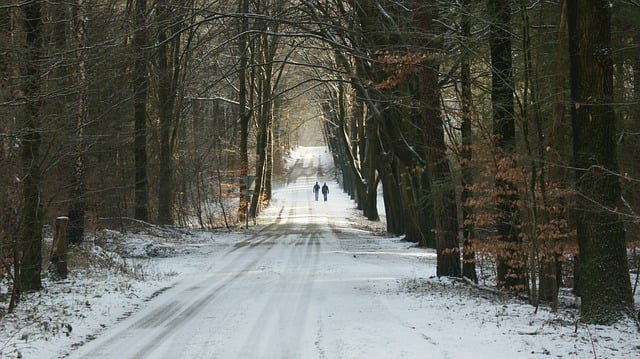
Hiking and trekking are two popular outdoor activities that involve exploring nature on foot. While these two terms are often used interchangeably, there are some key differences between the two. In this article, we will explore the definitions of hiking and trekking and highlight the main differences between them.
Hiking is a recreational activity that involves walking on established trails through natural areas such as forests, mountains, and parks. It is usually done for recreation, exercise, or as a leisure activity.
One of the main characteristics of hiking is that it is less intense and more accessible than trekking. Hikes can range from short, easy walks to longer, more challenging ones. They are often done in a day and don`t require any special equipment or training.
Hiking routes are well-marked and can be found in most national parks, state parks, and nature reserves. Hikers typically follow a predetermined path and can stop at designated spots to take in the scenery or have a picnic. Some popular hikes include the Appalachian Trail, the Pacific Crest Trail, and the Camino de Santiago.
One of the advantages of hiking is that it doesn`t require a lot of planning or preparation. You can simply lace up your hiking boots, grab a water bottle and a map, and head out onto the trails. Hiking is also a great way to stay physically active and enjoy the outdoors without any specialized gear or training.
Trekking, on the other hand, involves longer and more challenging journeys through remote and often rugged landscapes. Unlike hiking, trekking is not limited to well-defined trails and can involve camping and multi-day trips.
Trekking is a physically demanding activity that requires a higher level of fitness, stamina, and endurance. It often involves carrying a heavy backpack and navigating through difficult terrain, such as steep hills, dense forests, or high altitudes.
In some cases, trekking may also involve crossing rivers, snowfields, or glaciers, making it more technically challenging than hiking. It requires specialized equipment, such as high-quality hiking boots, trekking poles, and tents, to ensure safety and comfort during the journey.
One of the main advantages of trekking is that it allows you to immerse yourself fully in nature and disconnect from the hustle and bustle of daily life. It also offers a sense of adventure and achievement, as completing a challenging trek can be a rewarding and unforgettable experience.
Now that we have defined both hiking and trekking, let`s take a closer look at the main differences between the two:
Both hiking and trekking offer unique ways to connect with nature and enjoy the great outdoors. Whether you prefer a short, leisurely hike or a challenging multi-day trek, it`s important to understand the differences between the two and choose the activity that best suits your abilities and interests.
Regardless of the one you choose, always make sure to be well-prepared, stay hydrated and respect the environment to ensure a safe and enjoyable experience.

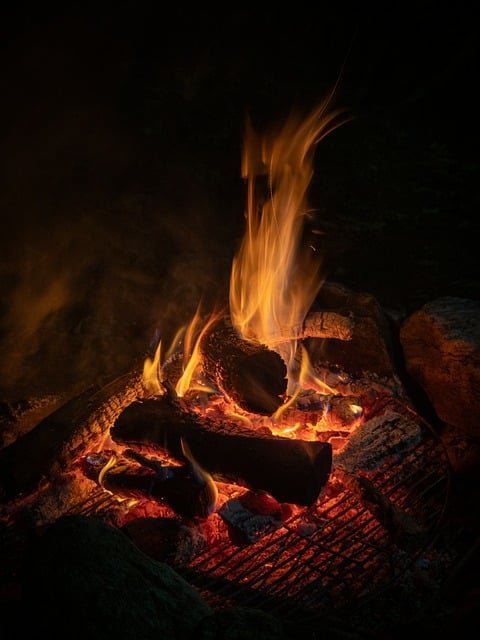
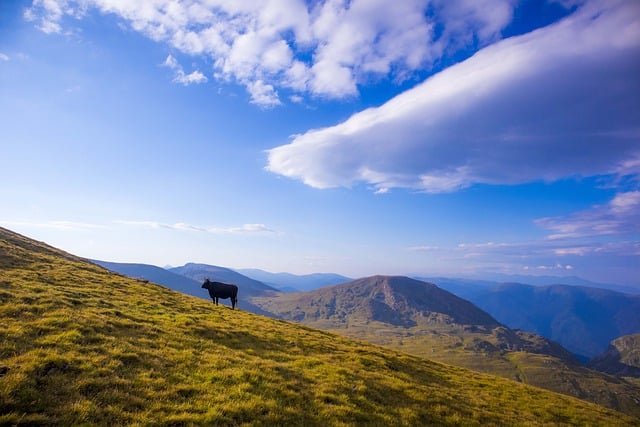

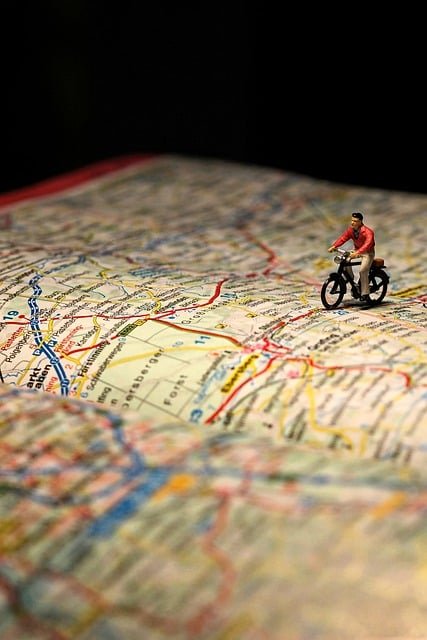
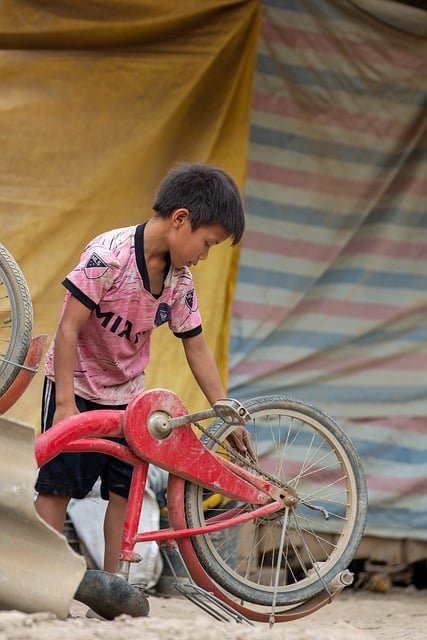

Join our newsletter community for exclusive updates, offers, and more. Sign up now to stay in the loop!
© Outdoor-Expedition. All Rights Reserved. Design by HTML Codex